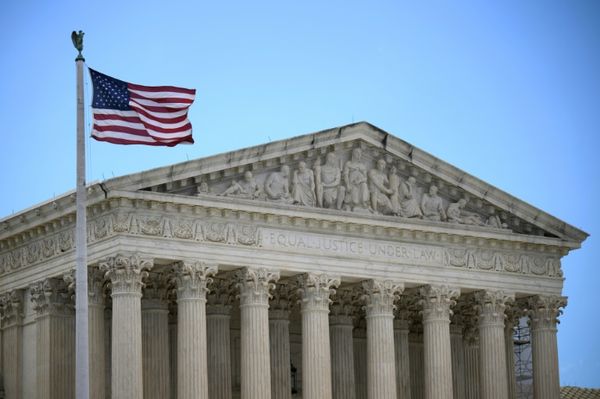As it pushes to improve its environmental footprint, Target Corp. on Thursday announced its first net zero store, designed to produce more energy than it uses.
The renovated store in Vista, Calif., features thousands of solar panels on the roof of the building and its new carports. It will serve as a model for the Minneapolis-based retailer's future stores.
"It is a wonderful place for us to test and learn new innovation and sustainable innovation so we can then influence the remainder of the chain," said John Conlin, senior vice president of properties for Target, in an interview.
The store previously had a solar installation on its roof. Target recently added canopies across the store's parking lot with solar panels atop them as well, a first for the retailer. In all, the store now has 3,420 solar panels.
They capture enough solar energy to power the building, including an HVAC system that previously used natural gas. The store is expected to produce up to a 10% surplus of energy each year that it can transmit back to the local power grid.
The store also switched to a carbon dioxide refrigeration system for its freezers and coolers, a natural refrigerant that would lower the store's greenhouse gas emissions. By 2040, Target plans to incorporate carbon dioxide refrigeration in stores across the country, a change expected to reduce its operations' emissions by 20%.
Outside of this store, Target has made other progress with its sustainability goals.
More than 25% of the company's facilities have solar panels installed on their rooftops, and Target has secured additional partnerships that will allow it to purchase nearly half of its electricity from offsite solar and wind energy sources by later this year. LED lighting has reduced energy consumption at stores by 10%.
As part of its Target Forward sustainability goals, Target has committed to achieve net zero greenhouse gas emissions throughout the company by 2040. Target has reduced emissions by more than a quarter since 2017. It intends to source all of its electricity from renewable sources for its operations by 2030.
"It serves the sustainability goals, but it also does protect the guest experience and it is a good investment," Conlin said.
Target has applied for net zero energy certification for the Vista store from the International Living Future Institute.
Though building construction and operation contributes a significant amount of greenhouse gases, net zero structures are still relatively rare.
The total number of verified and emerging zero energy buildings in North America has grown to nearly 700 representing a 42% increase since 2018, according to the 2020 Getting to Zero Buildings List compiled by nonprofit New Buildings Institute.
Other retailers are experimenting with net zero designs. In 2013, Walgreens debuted what was believed to be the first net zero energy retail store in the country. The store, located in the Chicago area, had two wind turbines and nearly 900 solar panels.
This week, Amazon announced it is also seeking net zero carbon certification for its newest Amazon Fresh grocery store in the Seattle area.







